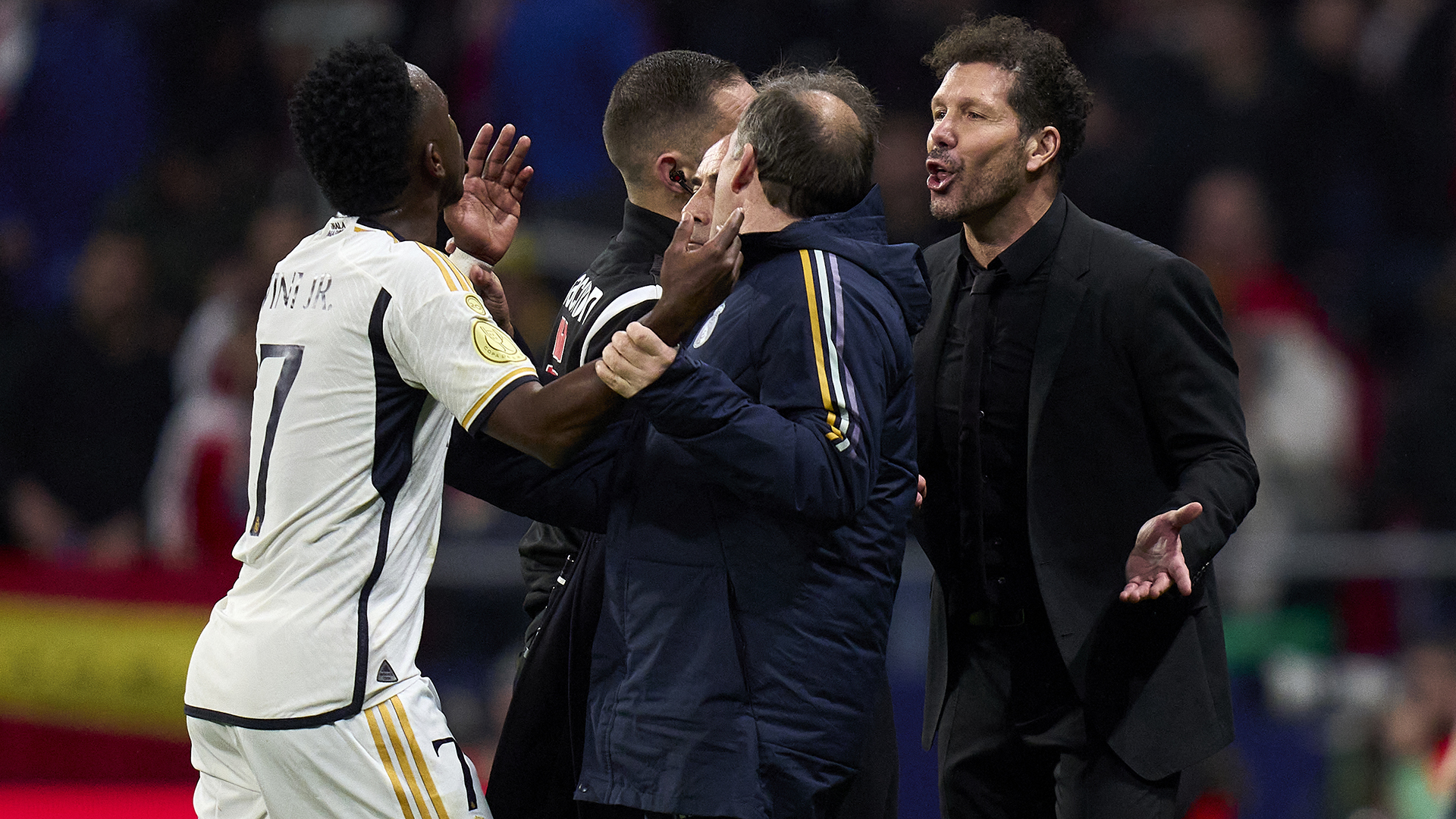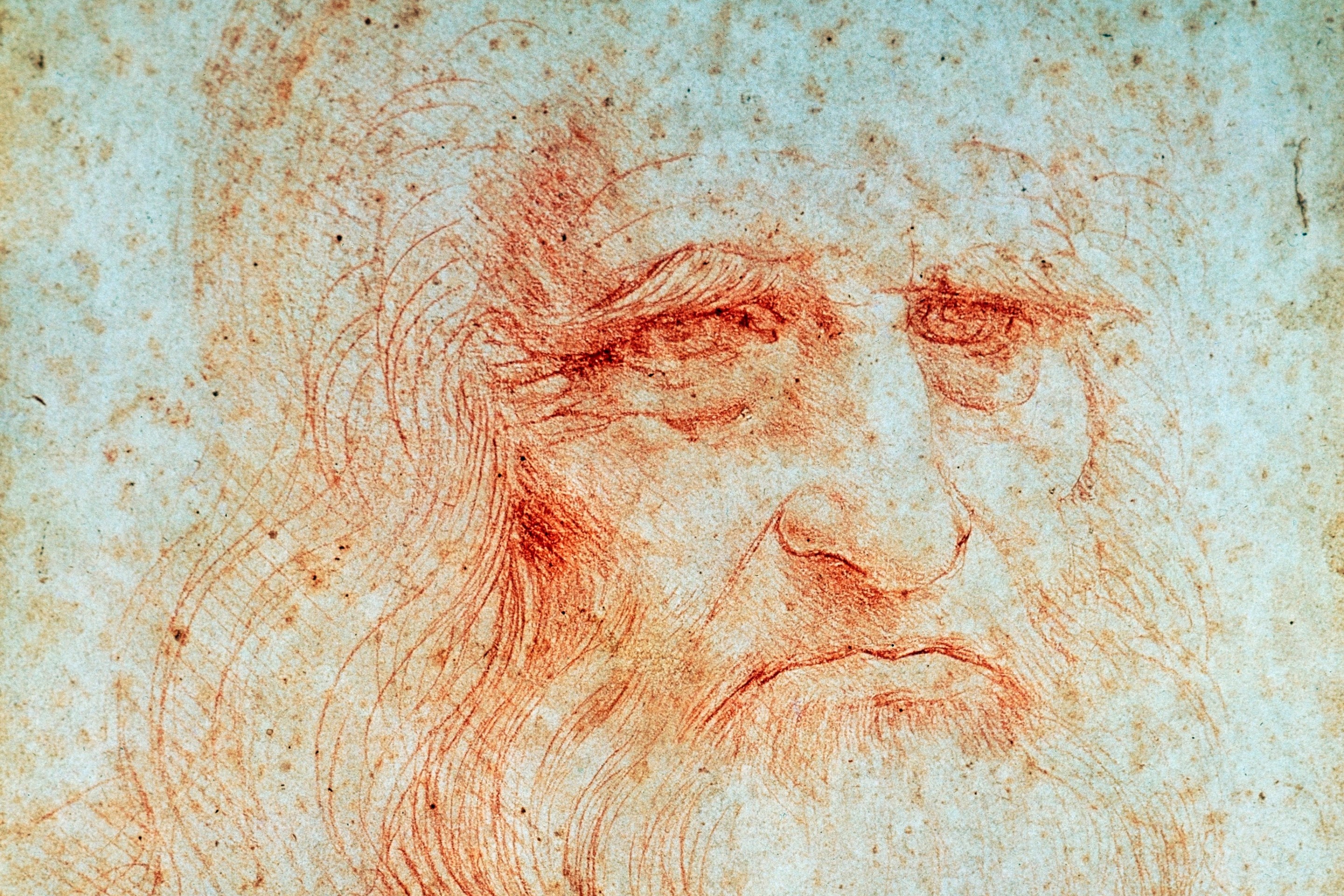I can't remember exactly what I was thinking about when I first saw them. It was one of those summer days that was defined chiefly by its sprawl. I had spent the morning at the gym; every year my trainer holds a charity competition for his clients, and this year's was called Bench-A-Palooza. (Because I know our commentariat will ask: I went for reps and benched 95 pounds 14 times.) The ache in my arms hadn't set in yet, though that maybe had more to do with the drinks we'd all had afterward, crowded onto wooden benches in the sunshine. I'd stayed longer than I'd planned to, and evening was approaching by the time I said my goodbyes and started my walk home with two of my best friends by my side. We meandered slowly, luxuriating in each other's presence. When our trio formed, we'd been young, and free enough to spend hours together every week. Now, these sorts of sidewalk chat were the norm: rarer, more precious.
So maybe that's what I was thinking about when I saw the Henri Rousseau prints, custom framed and matted as if they were waiting for me. Or maybe I was thinking about how empty my fridge was after two weeks of travel. Or how mad my cat Oliver would be because my sprawling, luxuriant summer day had left him without lunch. Whatever it was that I had been thinking left my head immediately upon seeing the prints; the jungle greens were rendered exuberantly enough to be recognizable from half a block away. I approached slowly, as surprised as the tiger that I'd later learn lends one of these paintings its name. Another of Rousseau's images came to mind, that of a woman and a lion in a moonlit desert. I have a miniature of that one stuck to my fridge.
Rousseau's looping, almost childish signature is one of the few artists' signatures that I find legible even at a distance. The prints rested against a pile of cast-off household detritus, a familiar sight timed to the beginning and ending of leases across the city. Maybe that's why I was so surprised to see them. I was used to pilfering plant pots and plasticware from these piles of refuse, but custom frame jobs of this size and quality start in the low hundreds of dollars and only go up from there. I had enough unframed art in my home to immediately recognize the luck that had found me. The small group of other people picking through the pile didn't seem to notice or care; when I asked if the paintings were claimed, they smiled and shook their heads.
"The colors are kind of cool, huh?" one man said.
"They're Rousseaus," I replied before I could stop myself. It was another way of saying that I agreed.
The frames were large enough to be unwieldy, but as I maneuvered the paintings home, I felt like I'd gotten away with something. I switched between carrying them and holding them atop my head. The deferred soreness from Bench-A-Palooza was arriving. My arms finally started to give out; they were trembling when I gently set the frames down on my kitchen floor.
Between the years of 1904 and 1910, Rousseau painted about 25 of these jungle scenes, though "jungle" is a bit of a misnomer in this case. Rousseau never left his native France and seems largely to have been inspired by frequent visits to Paris' Jardin des Plantes. He once said, "When I am in these hothouses and see the strange plants from exotic lands, it seems to me that I am entering a dream.” This is not hard to believe if you look closely at the scenes, which are dense and otherworldly and strange. The figures in them are cartoonish, as if inspired by Rudyard Kipling illustrations; the foliage is rendered with an impossible lushness. This does nothing to diminish the playful magnetism of Rousseau's work; there's an immediacy to them, an almost photographic sense of a singular moment being rendered. It's easy to imagine the tall grass being whipped in the wind of the storm that's referenced in Tiger in a Tropical Storm (Surprised!).
Rousseau was entirely self-taught; he was known to his peers as Le Douanier, a half-mocking nickname that referenced his day job as a customs inspector. He didn't start painting until around the age of forty; its unclear what exactly inspired him to pick up a paintbrush. His contemporaneous reputation was one of contrasts. Though his work is now displayed in, among others, the National Gallery in London, the MoMA, and the Musée d'Orsay, critics at the time mocked Rousseau's work as childish. "Monsieur Rousseau paints with his feet," one wrote, "with a blindfold over his eyes."
Today, Rousseau is widely regarded as a pioneer of "naive" art; his unstudied style led none other than Pablo Picasso to throw a party in Rousseau's honor in 1908. The aptly named Le Banquet Rousseau was well-attended by luminaries of the burgeoning avant-garde movement. At the end of the night, Rousseau gave a (presumably drunken) speech addressing his host. "You and I," he said, "are the two most important artists of the age—you in the Egyptian style, and I in the modern one." If there is anything to be made of that statement, it is that Rousseau never failed to take himself seriously, maybe a little too seriously should the historical rumors be believed; the story goes that Le Banquet Rousseau started as a malicious prank by the mercurial Picasso that somehow turned sincere.
When I called a friend later that evening, I told her it felt like those prints had been waiting for me. She indulged my fantasy, she told me everything that day had led to that moment of serendipity. This still feels true to me. Rousseau had what I admire most in an artist: the delusion of self-belief. To insist upon a world that only you can imagine, even when others point and laugh, to work a dull day job while knowing to a certainty that you are one of the two most important artists of your age—others might call that mental illness, but I can't. I still haven't decided where I'll hang my prints. For now they sit propped against a wall in my living room. Every so often a new detail will jump out at me: the silver rain, the red sun, Rousseau's delusions stirring my own.






